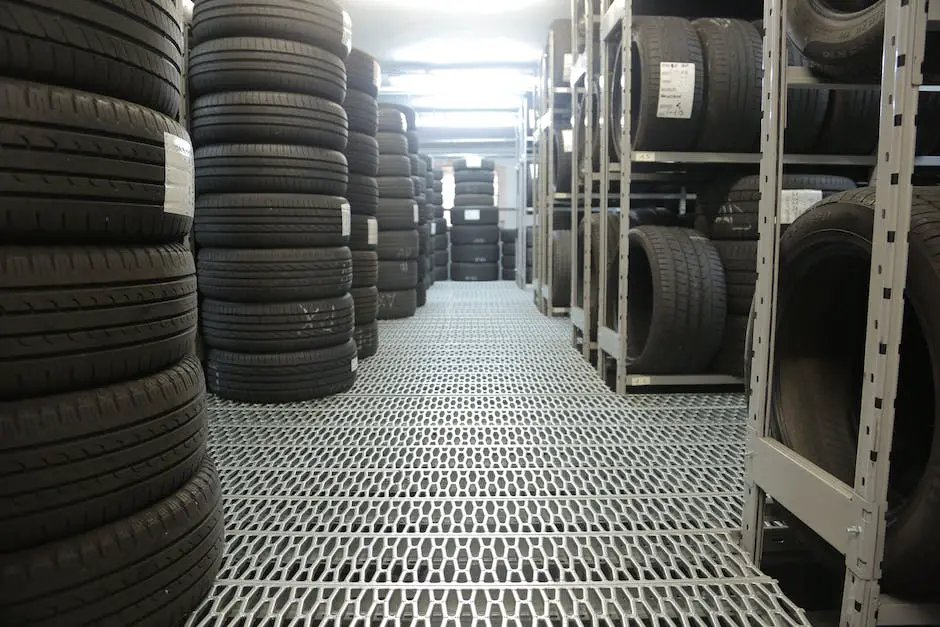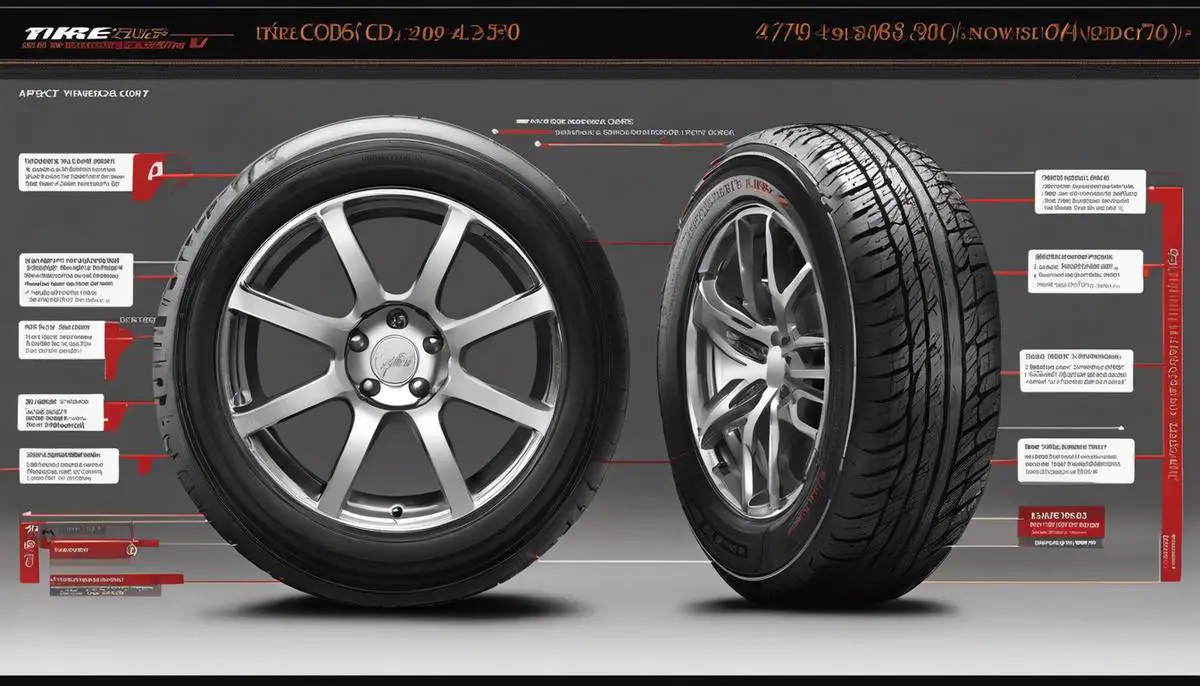When we consider what makes a car perform at its peak, several factors come to mind: horsepower, aerodynamics, and advanced technology often steal the spotlight. Yet, one fundamental aspect that profoundly influences how a car behaves on the road is its weight. From acceleration and handling to fuel efficiency and the subtleties of wear and tear, the mass of an automobile plays a pivotal role in its overall performance. By delving into the intricate dance of physics and engineering at play, we gain a comprehensive understanding of the heavy impact a car’s weight has not only on the raw thrills of driving but also on the practicalities of vehicle ownership and operation. Prepare to explore the dynamic interplay between weight and motion, and how it shapes our driving experiences each time we turn the ignition key.
Contents
Acceleration and Handling
Why Heavier Isn’t Always Better: The Impact of Car Weight on Agility and Speed
In the world of avid car enthusiasts, the conversation often drifts toward performance – the sheer exhilaration of speed and the fine-tuned nimbleness of a car hugging a tight corner. There’s a key factor that plays a pivotal role in both of these areas: the weight of the car.
First off, let’s tackle the basic physics of it all. A car’s weight influences its speed and acceleration due to a fundamental principle: Newton’s second law of motion. This principle states that the force required to accelerate an object is equal to the mass of the object multiplied by the desired acceleration. Translated into car speak, the lighter the vehicle, the less force (or power) it needs to pick up speed. Consequently, lighter cars generally make quicker launches and reach higher speeds more rapidly than their heavier counterparts.
Now, let’s put the pedal to the floor and race into the concept of agility. Agility in cars is all about handling – the ability to swiftly maneuver in response to driver inputs without losing composure. This aspect is where weight distribution and the center of gravity come into play as well. A car that’s lighter overall can negotiate tight turns with more grace due to a lower inertia, requiring less work from the tires to change direction. Lighter cars feel more responsive and provide a more intimate connection with the road. That’s why sports cars often go through extreme diets, shedding any extraneous weight to become as agile as possible.
But it’s not just the total weight that’s fundamental – it’s the way that weight is distributed across the chassis. A car with a 50/50 weight distribution between the front and rear axles is said to be well-balanced, bridging the gap between stable straight-line performance and cornering poise. A lower center of gravity helps too, keeping the car planted and reducing body roll as the vehicle whips around curves.
Of course, in this dance of power and agility, the other components of the car cannot be ignored. The suspension system, tires, and aerodynamics all synergize with the vehicle’s mass to define its personality on the road or track. These factors provide the fine-tuning that complements a car’s lightness, optimizing its dynamic capabilities.
In conclusion, there’s a delicate balance to strike. While car weight remains a critical element in the grand scheme of speed and agility, true automotive prowess is achieved when all aspects of vehicle design are harmoniously tuned. Whether it’s a screaming lap around the racetrack or a spirited Sunday drive through winding back roads, understanding how a car’s weight influences its behaviour can deeply enhance the appreciation of what makes driving such a thrilling and beloved hobby.

Fuel Efficiency and Braking
The Dynamics at Play: How a Car’s Weight Influences Fuel Efficiency and Stopping Distance
Ever wondered what role a car’s weight plays in your daily drive beyond the basics of speed and agility? Turns out, it’s pretty crucial when it comes to fuel efficiency and stopping power – two key aspects that affect not only performance but also safety and the wallet.
Starting with fuel efficiency, there’s a straightforward reason why lighter cars often sip less gas compared to their heavier counterparts: less mass to move means less energy required. It’s all about the energy economy. For every extra pound that a vehicle carries, the engine must work a tad harder to maintain speed and performance, burning additional fuel in the process. This is why you’ll often see manufacturers scrambling to shave off weight with materials like aluminum and carbon fiber – it’s not just for the cool factor, but to inch closer to that sweet spot of efficiency.
However, what’s less commonly known is how a car’s weight plays a key role in its stopping ability. When a vehicle comes to a halt, kinetic energy is converted into heat through the brakes. The heavier the vehicle, the more kinetic energy there is to dissipate. Put simply, it’s like trying to stop a runaway shopping cart versus a fully-loaded freight train; the heavier the object, the greater the stopping distance required.
Additionally, braking systems themselves are designed around a car’s weight. Heavier vehicles need larger, more robust brakes to manage the extra load. Yet, it’s not just about brake size. The overall design must ensure that the heat dissipated during braking does not lead to brake fade, where the efficiency of the brakes is reduced due to overheating. It’s a fine line between mass, friction, and heat management.
Let’s talk numbers – For every extra 100 pounds shed from a vehicle, expect a boost in fuel economy by approximately 1 to 2 percent, depending on the type of vehicle. When it comes to stopping distances, factors such as brake design and tire quality come into play, but generally, a heavier car will require a longer distance to come to a complete stop.
On the road, it all translates to a careful balancing act. The goal is to achieve a harmony between the weight of the car and its fuel efficiency, without compromising on stopping power. After all, what’s saved at the pump shouldn’t cost seconds in reaction time during a sudden stop.
Striking the right balance isn’t just about the numbers; it’s also about the philosophy of automotive design where every component plays a role in the car’s overall performance. Take this knowledge with you the next time you’re in the market for a new ride or when considering how to enhance the one in your garage. Keep in mind that while the physics of motion are constant, the innovation in automotive technology is ever-evolving, constantly pushing the boundaries of what we can achieve on four wheels.

Wear and Tear
Shifting gears into the impact of vehicle weight on longevity, there are intriguing insights to be found in the way components bear the brunt of daily operation. With a hefty car, there’s more than just a drag on acceleration; it’s a matter of stress on the mechanical heart and sinews holding our love for the road together.
Brake wear is the perfect illustration. Heavier cars are like sprinters in full gear; stopping takes more effort, more brake pad, and more rotor meat. The heavier your vehicle, the quicker you’ll be shopping for new brakes. It’s physics having a field day with your wallet between those red lights and stop signs.
Engine and drivetrain components are no strangers to this tug-of-war either. More weight can potentially translate into more strain on engines and transmissions, which in that continuous push and pull against inertia, are fighting a silent battle. Higher displacement engines, often found in heavier cars, need to work harder, and so longevity isn’t just about oil changes and check-ups; it’s about the relentless physics at play behind each rev and gear shift.
Bearings and axles, unseen but vital, also feel the weighty pressure. These components act as the bridge between static car parts and the ones in motion, and as the load increases, so does the strain. Think of it like carrying a heavy backpack – over time, the strain can lead to wear and tear on the body, or in this case, the car.
Suspension systems, those intricate networks of springs, shock absorbers, and linkages, work overtime in heavy vehicles. They’re tasked with doing the heavy lifting – quite literally – in providing ride comfort and handling performance. The added weight means a shorter service life, as springs sag and shock absorbers lose their damping capabilities, degrading ride quality and potentially contributing to uneven tire wear.
Even tires themselves are victims of excess baggage. Heavy vehicles demand more from their tires in terms of load capacity, which can lead to increased tire temperatures, faster wear, and a higher risk of blowouts. It’s a round-the-clock marathon for these unsung heroes of the road, with the finish line being when the rubber literally meets the end of the road.
Take the electrical systems, for instance; they’re quite sensitive to the weight, albeit indirectly. Heavier vehicles often come with more features, more gizmos, and gadgets, which require a robust network of wires and switches. The more complex the system, the more potential for something to go awry. While the weight doesn’t directly wear electrical components down, it does demand more from the alternator and battery – which in heavy-hitters means keeping more plates spinning simultaneously.
In conclusion, the longevity of a car’s components is intrinsically linked to how much the vehicle tips the scales. Whether it’s brakes, engines, suspension, or the multitude of parts that make up the vehicular symphony, weight is the maestro conducting the pace and intensity of wear. So, while performance and design are dancing in the spotlight, don’t forget weight – the unassuming director of the longevity show. Keep it in mind, and here’s to many more miles on the odometer!

The intricate relationship between a car’s weight and its performance is more than just a matter of numbers; it is a critical element that resonates through every aspect of driving, ownership, and environmental impact. Respecting the complexities of this relationship can lead to better vehicle design, more informed consumer choices, and ultimately, a driving experience that balances the thrill of the drive with the responsibilities of efficiency and longevity. As we navigate the plethora of options available in the automotive marketplace, appreciating the weight a vehicle carries—both literally and figuratively—becomes essential in steering towards a future where performance and practicality coexist in harmonious motion.



